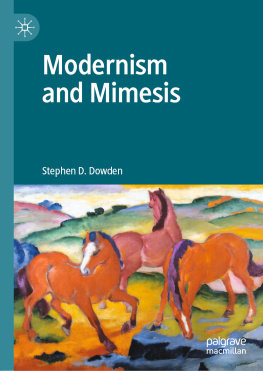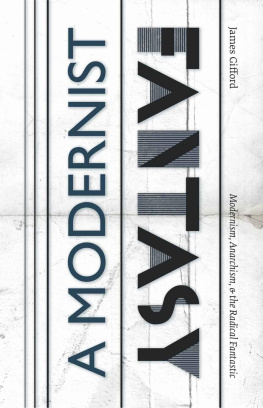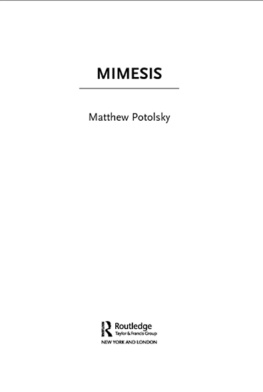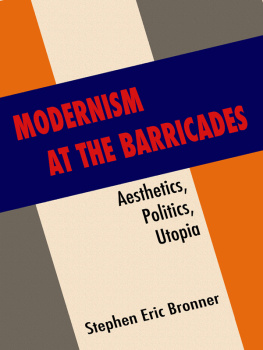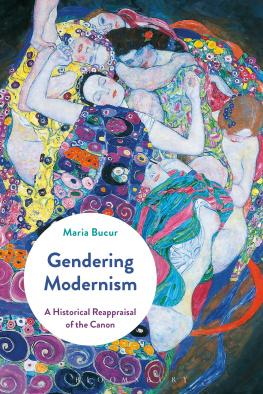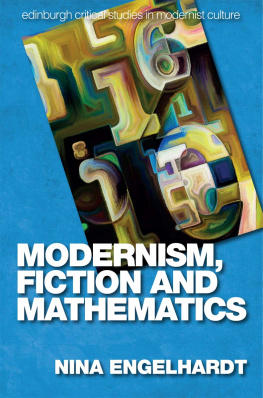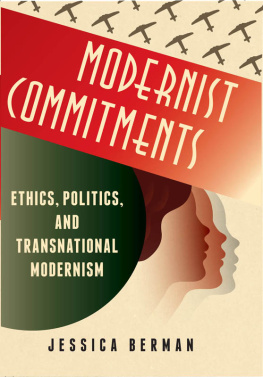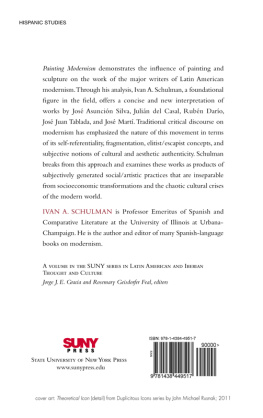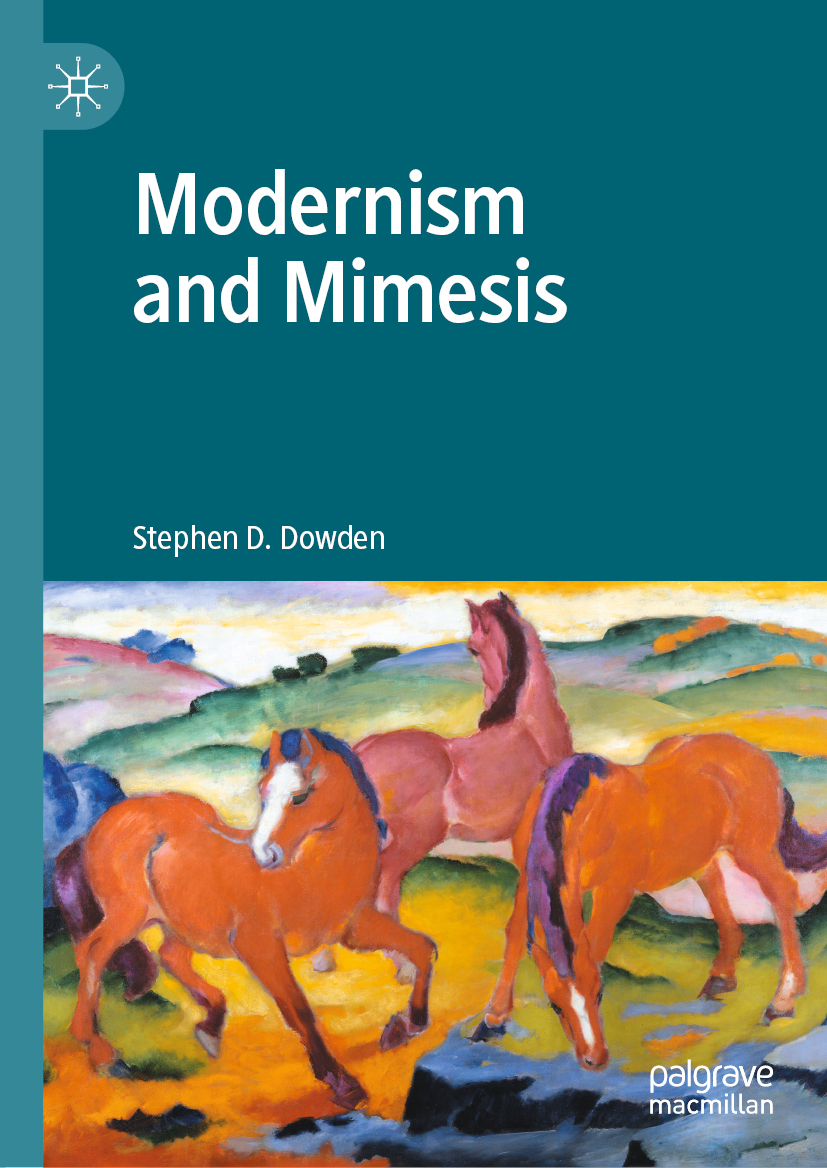Stephen D. Dowden
Brandeis University, Waltham, MA, USA
ISBN 978-3-030-53133-1 e-ISBN 978-3-030-53134-8
https://doi.org/10.1007/978-3-030-53134-8
The Editor(s) (if applicable) and The Author(s), under exclusive license to Springer Nature Switzerland AG 2020
This work is subject to copyright. All rights are solely and exclusively licensed by the Publisher, whether the whole or part of the material is concerned, specifically the rights of translation, reprinting, reuse of illustrations, recitation, broadcasting, reproduction on microfilms or in any other physical way, and transmission or information storage and retrieval, electronic adaptation, computer software, or by similar or dissimilar methodology now known or hereafter developed.
The use of general descriptive names, registered names, trademarks, service marks, etc. in this publication does not imply, even in the absence of a specific statement, that such names are exempt from the relevant protective laws and regulations and therefore free for general use.
The publisher, the authors and the editors are safe to assume that the advice and information in this book are believed to be true and accurate at the date of publication. Neither the publisher nor the authors or the editors give a warranty, expressed or implied, with respect to the material contained herein or for any errors or omissions that may have been made. The publisher remains neutral with regard to jurisdictional claims in published maps and institutional affiliations.
Cover image: Franz Marcs Grazing Horses IV, 1911, Harvard Art Museums/Busch-Reisinger Museum, Bequest in Memory of Paul E. and Gabriele B. Geier, accession no. 2014.301 President and Fellows of Harvard CollegeCover Image, Franz Marc's 'Grazing Horses IV', 1911 President and Fellows of Harvard College
This Palgrave Macmillan imprint is published by the registered company Springer Nature Switzerland AG
The registered company address is: Gewerbestrasse 11, 6330 Cham, Switzerland
Acknowledgments
About the time the manuscript for this book was going to the publisher, I wrote to a friend commenting on a book he had just seen into print. He responded with a gracious letter in which he thanked me by saying it felt good to know he was not writing into a void. It pleased him to find that he had a Mitstreiter, a Weggefhrter, a Mitdenker. It is an appealing way of thinking about the friends, scholars, and other lively minds who accompany the writing of a project like this one. In the same spirit I would like to thank my own Mitstreiter. Some were willing partners, and a few others were accomplices who shaped my thinking without directly addressing modernism. Either way they have seconded me along the pathways of composing this book: Sham Anand, John Burt, the late Jane Curran, Donatella Di Cesare, Amir Eshel, Abby Gillman, Joe Lawrence, Jim McFarland, Sabine von Mering, Tara Metal, Robin Feuer Miller, Silvia Monteleone, Vonda Nichols, Evan Parks, Thom Quinn, the late Bob Szulkin, Harleen Singh, Avinash Singh, and Charles Stratford. Helmut Smith provided sound compositional advice. Meike Werner helped me understand what I had written. As a special bonus, she gave the book its title. Agnes Mueller critiqued each chapter at the time of writing. Our conversations left a deep imprint on the thought expressed in these pages. I am grateful to all my Weggefhrten for their many generosities.
List of Figures
Fig. 1.1 Paleolithic rock paintings of the Chauvet Cave, Ardche, France (ca. 32,00030,000 BCE)
Fig. 1.2 Franz Marc, The Tower of the Blue Horses (1912)
Fig. 3.1 Caspar David Friedrich, Woman at a Window (1822)
Fig. 3.2 Franz Marc, The Dream (1912)
Fig. 3.3 Henri Matisse, Blue Nude (Memory of Biskra) (1907)
Fig. 4.1 Egon Schiele, Self-Portrait (1913)
Fig. 4.2 Egon Schiele, Woman with Black Stockings (1913)
Fig. 4.3 Egon Schiele, Crouching Couple (The Family) (1918)

